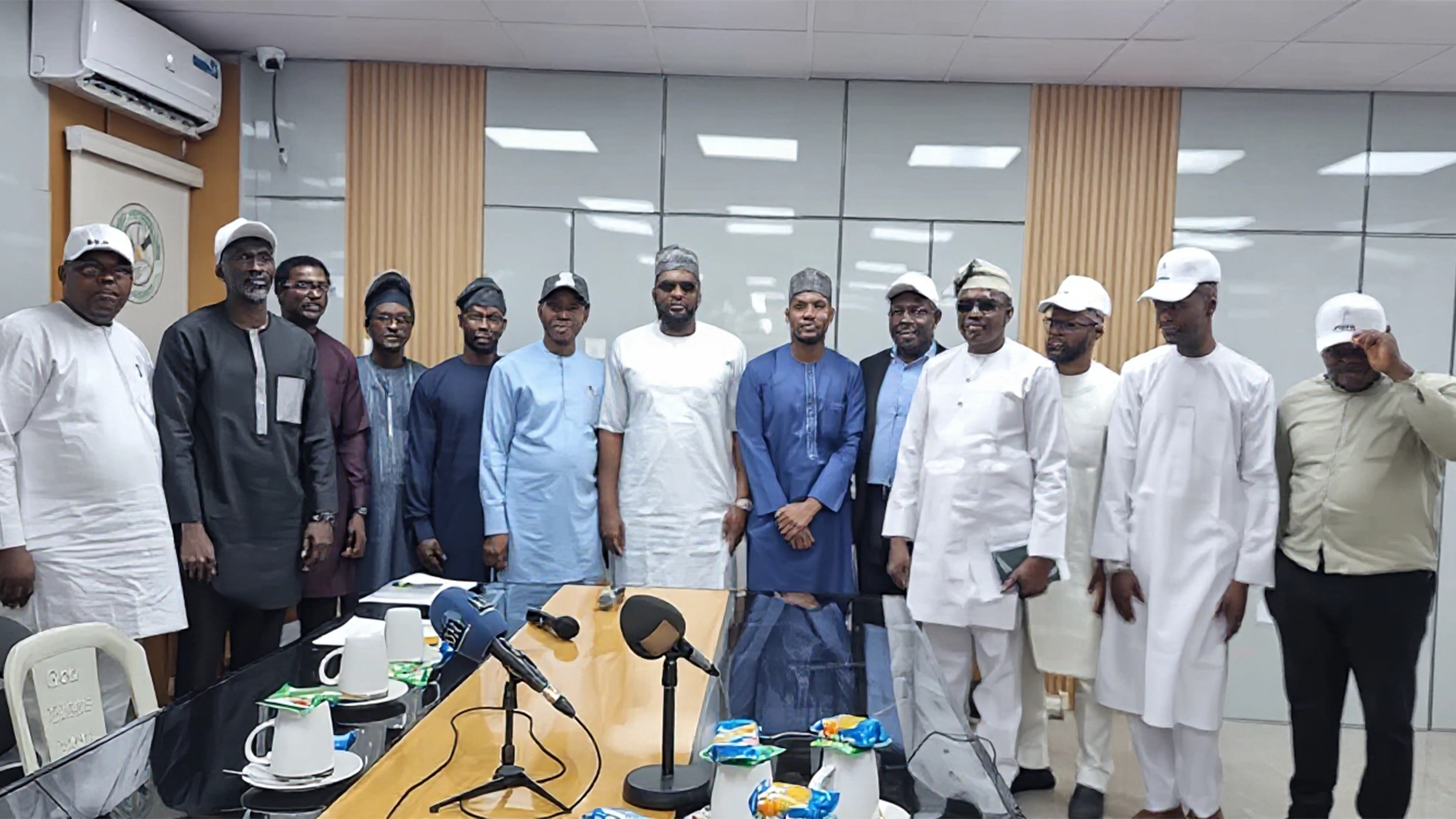
The frequent grid disruptions have undermined the expectations of Band A customers, who anticipate receiving up to 20 hours of electricity daily, the inconsistency in supply complicates daily routines and operations for both households and businesses.
Families and small and medium-sized enterprises (SMEs) are particularly vulnerable to these power disruptions, as they heavily depend on electricity for essential activities such as cooking, refrigeration and other things. Many of these households and businesses lack the financial resources to invest in alternative power solutions, like generators or solar panels, making them even more susceptible to the challenges posed by unreliable electricity supply.
An unreliable electricity supply hinders the growth of businesses across the nation. The cost of energy is a major factor for SMEs, and frequent power outages diminish their ability to operate efficiently.
Despite the infusion of investments, including the World Bank’s financing aimed at improving power infrastructure, the challenges persist as much of Nigeria’s electricity infrastructure is outdated and in need of urgent repair or replacement. The ageing infrastructure is ill-equipped to handle the increasing electricity demand, leading to frequent breakdowns and outages.
There is a pressing need for transparent allocation and efficient utilization of investment funds. While substantial amounts have been allocated for improvements, there remains scepticism about the impact of these investments.
Nigeria has witnessed eight instances of grid collapse, both partial and complete in 2024 alone. The first collapse occurred on February 4, followed by subsequent incidents on March 28, April 15, July 16, August 5, October 14, October 15, and October 19.
The recurring grid collapses, evidenced by eight occurrences in 2024 alone, raise serious concerns about the sector’s reliability, leading many to seek opportunities in more stable environments.

He noted that one of the primary challenges faced by manufacturers in Nigeria is the high cost and unreliability of electricity supply, emphasised that load shedding and inconsistent electricity availability have led to high and uncompetitive manufacturing costs, forcing business owners to rely on alternative power sources, such as generators.
Adesina stated that the African Development Bank has made significant investments in the power sector to support Nigeria’s Power Sector Recovery Programme by providing $200 million for the Nigeria Electrification Project and investing $210 million in the Nigeria Transmission Project to enhance grid power evacuation and regional interconnection. He also highlighted the launch of the Desert to Power initiative, a $20 billion project aimed at delivering electricity to 250 million people across 11 countries in the Sahel, including Northern Nigeria, among other efforts.
Similarly, a report by the International Monetary Fund (IMF) estimated that Nigerians spend $14 billion yearly on generators and fuel.
Former Chairman of the Presidential Taskforce on the Power Sector, Beks Dagogo Jack, noted that the insufficient electricity supply to meet the needs of Nigeria’s over 200 million population contributes to the frequent grid collapses experienced across the country.
He said: “Now, can you imagine 50,000 megawatts is what we need? But we are on about 5,000 megawatts, barely scratching 10 per cent. It’s very similar to a family of 15 that has only three cups of rice per day and you are wondering why people have malnutrition, why people are collapsing.
“That is the situation we are confronting. For me, that is the root cause, we do not have enough electricity to go around for a country as huge as we and the system that will convey this electricity is permanently stressed. We should even commend and encourage the hands that are dealing with this situation, the system operator, the ground team on the lines, the ground team at the substations, the feeder station”.
Power Sector Analyst, Habu Sadiek, explained that the national grid is designed to operate within a specific frequency level, and a grid collapse should not be viewed merely as a catastrophic failure. Instead, he noted that when there are deviations from this designated frequency, the 26 grid-connected generators automatically shut down as a precautionary measure for safety and security.
“What causes grid collapse is not a deflection of small MW in the generation pool, it has to be a major disruption that is significant enough to create an imbalance within a short time, making it impossible for the system operator (SO) to react immediately. You have a generation pool of 4000MW, and a sudden problem occurs at the transmission line, which takes out almost 500MW. This is significant enough to cause grid collapse, even that 500MW, it has to be so fast that the SO cannot react at the immediate point. Disruption like 10MW, 20MW is not significant enough, and it’s usually handled by the SO or even the DisCo,” he said.
Sadiek emphasised that maintaining the stability of the national grid without experiencing collapses requires the full and effective use of Supervisory Control and Data Acquisition (SCADA) systems which enables SO to monitor and respond quickly to any irregularities, thereby preventing grid collapse.
He stressed that while a spinning reserve is an important option for maintaining grid stability, Nigeria currently lacks sufficient generation capacity, making it difficult to establish an effective spinning reserve system.
Baffled by the repeated cases of national power grid collapse, the Nigerian Electricity Regulatory Commission will tomorrow, hold a stakeholders’ forum.
The commission said the public hearing was in line with Section 48, subsection 1 of the Electricity Act 2023 (Amended).
“In line with Section 48, subsection 1 of the Electricity Act 2023 (Amended), the Nigerian Electricity Regulatory Commission is mandated to conduct public hearings on critical issues relating to the Nigerian Electricity Supply Industry.
“The commission has noted with concern the recent escalating incidence of grid disturbances often leading to marked outages in several states thus reversing many of the gains recently achieved in reducing infrastructure deficit and improving grid stability”, NERC added.






